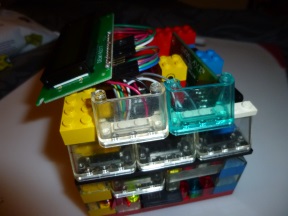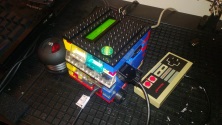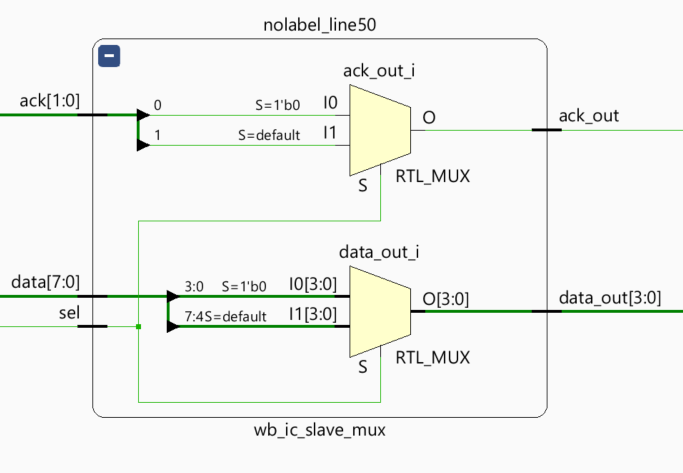Posts tagged digital logic
Multiplexers and demultiplexers are common tools in digital logic design. In Verilog, they are fairly simple to create whilst the amount of signals are small. In this post we’ll look at how Fairylog’s macros can make short work of generating mux/demux of any complexity, greatly reducing the amount of work and scope for hard-to-find bugs
Over the last few months I have been working on yet another new language, this time for programming FPGAs. This post will provide a short introduction to Fairylog by way of building some custom hardware to read a pair of Nintendo pads.
Introduction
This article will introduce Last-Fi – an F# powered internet radio player that uses a Raspberry Pi and Last.Fm services. The motivation behind this work was to both build something fun and useful for the Raspberry Pi that interfaces with various pieces of hardware, but can also show off some features that F# is great at within a hardware context.
The result is Last-Fi – a highly asynchronous and stable music player. It is based around Last.Fm, but because it uses MPDto play music it only requires a few minor adjustments that will allow it to work with any music source, whilst retaining the ability to obtain artist information from Last.Fm. In terms of the hardware, you are able to control various aspects of Last.Fi with a controller from the 1980’s Nintendo Entertainment System. Various information is displayed on a 2x16 back-lit LCD display. In addition to this, the program also hosts a ServiceStack webservice, and uses FunScript, an F# to JavaScript compiler, in order to host a website that shows various information and allows direct control from any device on the same network.
I presented a talk on this work at SkillsMatter in London (here's the video), and you can find the slide deck here. The code is all open source and you can find it on GitHub here (disclaimer: this code is highly subject to change and is largely a toy project of mine)
Last-Fi illustrates an extremely powerful programming language doing some of what it does best, the entire stack from the HTTP Last.FM API, to the hardware programming and even the JavaScript is written in F# code. Not only that, it is almost all concurrent and completely immutable – I have yet to experience a single problem with any of the software. The entire project is less than 800 lines of F#. If you are new to F# be sure to check out www.fsharp.org and you can find instructions on how to get the Pi running with F# in a previous post I made here.


In this article we will discover how to emulate simple logic gates, and then build them up to form more complex circuits. By the end of this 2-part article (edit - not that I ever wrote part 2) we will have created:
- - Half-bit adder
- - Full adder
- - n-bit ripple carry adder formed from full adders
- - 4:1 line decoder
- - 4:1 multiplexer
- - 1 bit ALU that supports addition, subtraction, AND and OR operations
- - n-bit ALU formed from 1 bit ALUs


